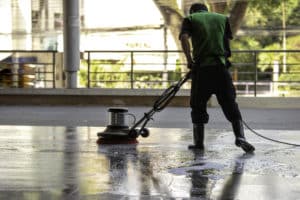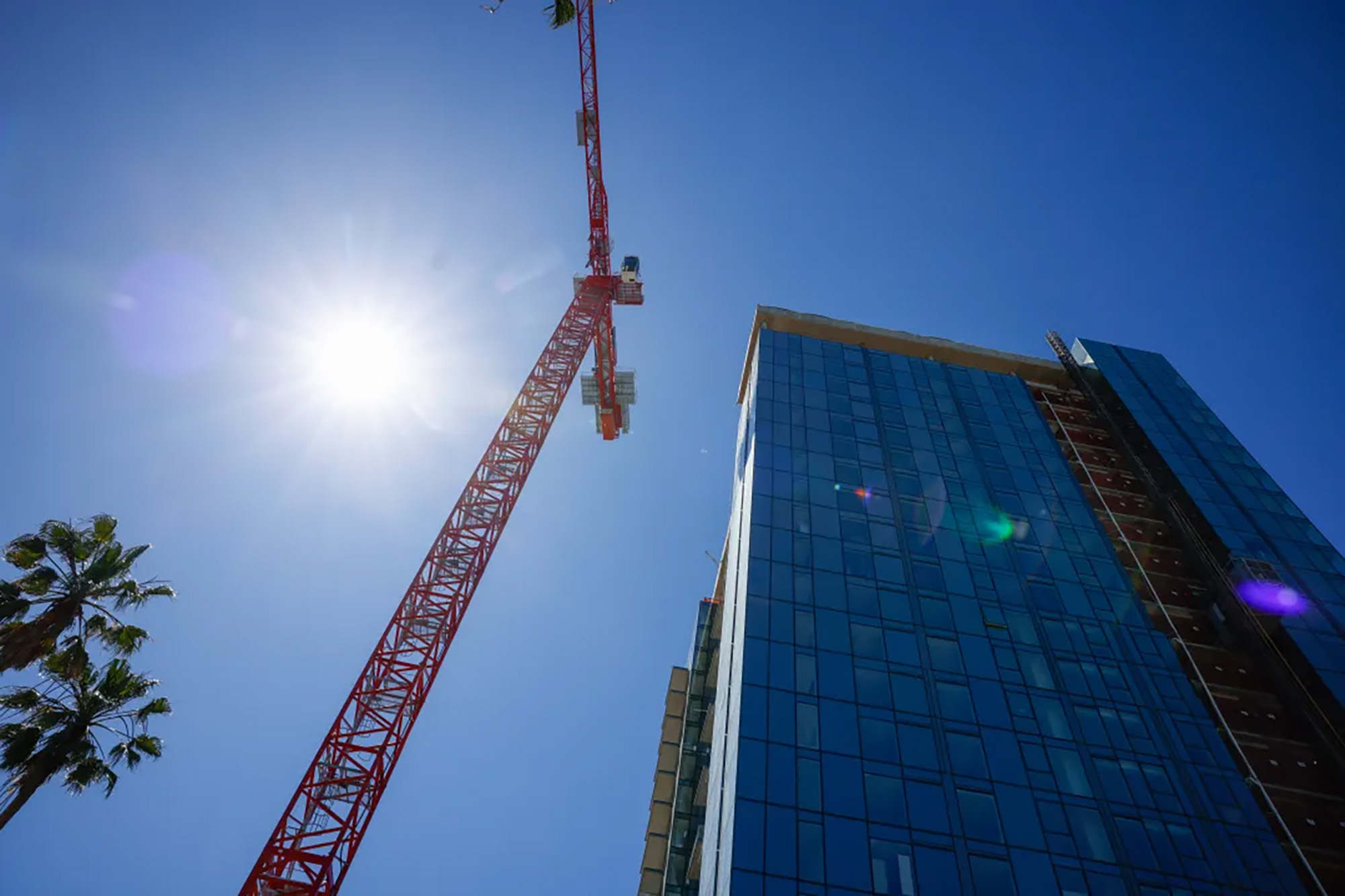San Jose waives key building fees to spur downtown housing highrises
Co-Author(s): George Avalos, Bay Area News Group
Aiming to spur the construction of new housing downtown, San Jose leaders unanimously agreed to temporarily waive multiple city fees for high-rise residential buildings.
The San Jose City Council voted to apply the multiple waivers over the next seven years for high-rise housing units that receive a building permit and pass a government inspection, within specified timelines.
Sky-high interest rates, soaring costs for labor and fast-rising prices for building materials have led to soaring costs to build a modern residential tower in downtown San Jose.
This tough economic landscape comes at a time when San Jose political leaders are under pressure to meet California mandates for housing construction in the Bay Area’s largest city.
“The cost of construction downtown is too high,” San Jose Mayor Matt Mahan said before the City Council voted Tuesday night. “It just doesn’t pencil.”
Housing towers in downtown San Jose and residential projects in other parts of the city must overcome a “feasibility gap” Blage Zelalich, a deputy director with the municipality’s Economic Development Office, wrote in a memo.
From 2020 through 2023, housing development costs rocketed 30% higher in San Jose, according to Zalalich’s memo. Over roughly the same period, asking rents for apartments rose 8%.
City officials identified 14 housing towers that have all been approved but have yet to begin construction. If built, the apartment high-rises could produce 4,078 homes.
The two largest high-rises in the San Jose pipeline are:
- Bo Town housing tower at 409 South Second Street, a project that could produce 540 units. An alliance of global mega-developer Westbank and San Jose-based local developer Urban Community is developing this highrise.
- Echo residential highrise at 147 East Santa Clara Street, a 415-unit development that is being developed by San Jose-based Urban Catalyst.
In the first five-year phase of the incentive program, all of city construction taxes and half of the parks fee will be waived for high-rises that receive the necessary building permits and inspection approvals.
In the final two years of the seven-year program, construction taxes will be cut by half and park fees will be reduced by 30% for the qualifying downtown high-rise residential towers.
San Jose officials hope this two-phase program will entice developers to construct thousands of housing units in the city’s downtown.
One project that could actually begin construction if San Jose enacts the fees is the Bo Town high-rise in the city’s hip and trendy SoFA district, said Gary Dillabough, a Westbank ally in San Jose and a principal executive with Urban Community.
“Hopefully in the next few months, certainly by the end of this year,” the Bo Town high-rise would break ground, Dillabough told the City Council — as long as the fee waivers are in place.
Westbank and Urban Community have scouted aggressively to land construction financing for the Bo Town tower. The expeditions to secure funding have been nearly futile.
“We went to 28 lenders for Bo Town,” Dillabough said. “We got back one proposal. Just one.”
Without the incentives from the fee waivers, towers such as Bo Town will languish, Dillabough warned.
“Bo Town will sit on hold for a while” without city-backed incentives, Dillabough said. “Six, 12, 18 months. Lenders are telling us we are close to getting this out of the ground. Incentives like this get things going.”
Some union leaders spoke before the City Council vote and criticized the plan to slash fees for developers.
Will Smith, business representative for San Jose-based Local 332 of the International Brotherhood of Electrical Workers, said the city’s previous fee-reduction programs failed to prod developers to build downtown San Jose projects in a big way.
“We have yet to see those cranes going up in the air,” Smith said, referring to construction equipment that typically operates at a high-rise. “I don’t see any purpose to this other than stuffing money into the pockets of developers.”
Developers, however, don’t want to just sit on the land they had bought for future development, noted Dillabouth, estimating that Westbank and Urban Community have spent $300 million buying properties in downtown San Jose.
“If we get 2,000 units out of the ground, that will show momentum is starting to build,” Dillabough said. “We need to send a message to the financial markets” that “we are open for business” in downtown San Jose.
“That $300 million is burning a hole in our pocket,” Dillabough said.
Mayor Mahan maintained the incentives could also bolster the San Jose State University plan to redevelop the old Alquist State Building downtown, potentially adding thousands more residential units.
“We don’t have the unilateral ability to force the market to build high-rise residential,” Mahan said before the vote.
In an interview with this news organization, the mayor said that residential towers rather than office high-rises might be the primary type of development in downtown San Jose.
“It’s quite likely that our big bet as a city for downtown over the coming decade, in addition to the experience economy, is high-density residential development,” Mahan said.
https://www.mercurynews.com/2024/06/19/san-jose-home-house-housing-tax-fee-build-economy-property-real-estate/



